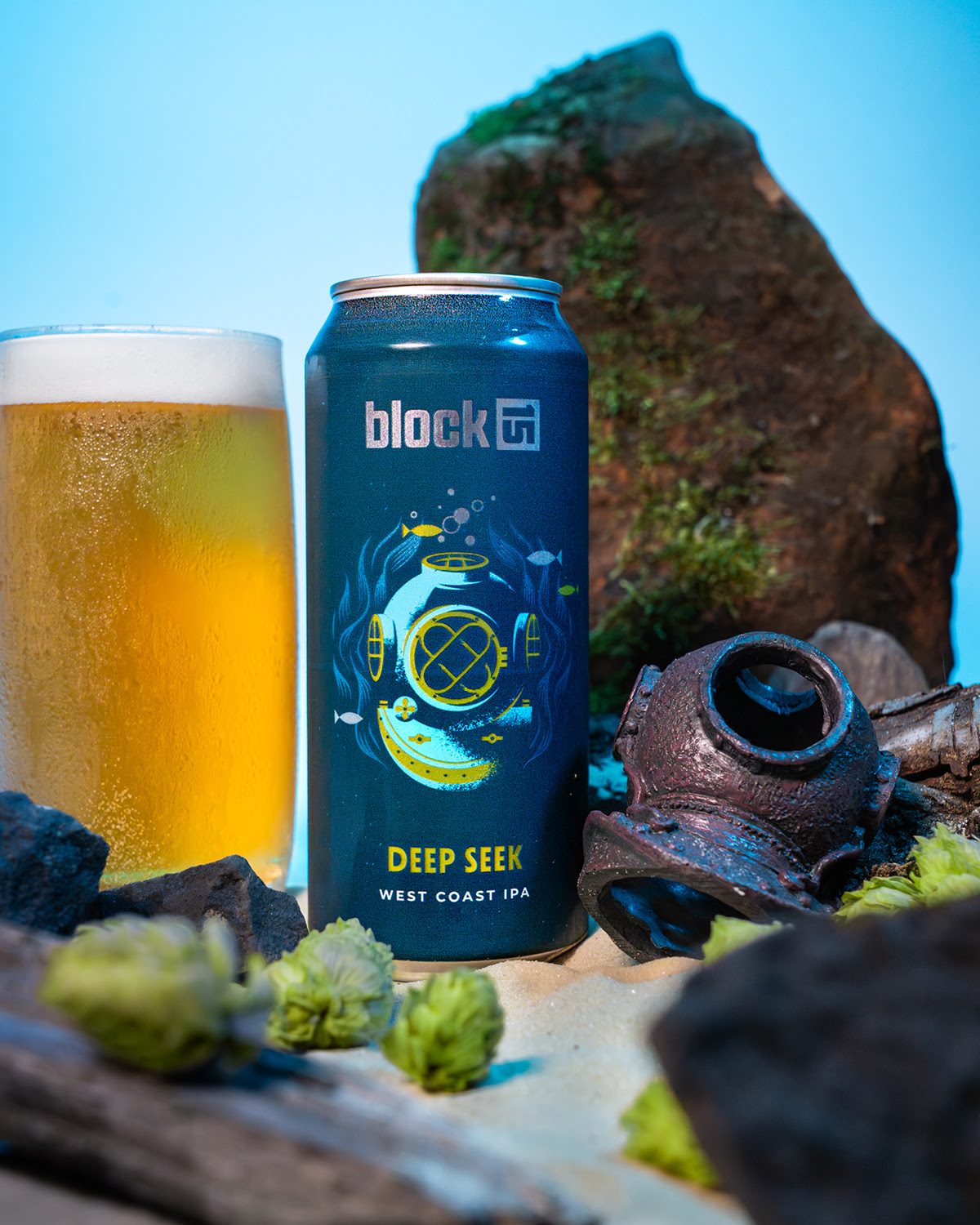
From Hopunion:
We've started summarizing the analytical data for the 2013 hop harvest by creating variety profiles as featured below. The height of the bar above zero represents the average oil content in 2013, broken down by the dominant oil components. The height of the bar below zero represents acid concentration, broken down to alpha and beta components.
These variety profiles are useful for characterizing hop varieties, tracking variation, and for quality analysis.
Characterizing Varieties: The single most common question during hop harvest is "Can you ID the hop that's growing in my back yard?" Well... not exactly. In the absence of a comprehensive genetic database, the best we can do is try to match an unknown variety to our database of variety profiles. For example, in the attached figure, Cascade has high Farnesene levels compared to the other 4 varieties. Therefore, the presence of Farnesene in an unknown could suggest that it's a Cascade. Similarly, Citra® and Simcoe® have similar alpha and beta acid concentrations, but Citra® is much oilier and the ratios of oil components differ. However, keep in mind that there are well over a hundred varieties, some of which are closely related, so at best profile matching usually turns up several candidate varieties while ruling out many more.
Quantifying Variation: We'll be digging a lot deeper into the variety profiles over the next few weeks. In some cases, we've got dozens of samples per variety, so we're able to determine if a variety grown in Oregon has a different average profile than one grown in Washington, Colorado, or elsewhere. We can also explore the effect of harvest date, kilning process, or any of a dozen other parameters. Moving forward, we'll be able to track annual variation, potentially making inferences about the factors that influence that variation.
Quality Analysis: From a quality perspective, hops that lie outside of the average profile are of particular interest. These outliers may represent a particularly special hop (the brewing equivalent of an award winning vineyard-designated wine grape) or they may be just the opposite. In either case, we can look at the factors that differentiate the outlier from the average in an attempt to better understand the factors that influence hop development.
.









0 comments (click to read or post):
Post a Comment
Please leave a comment...I do moderate each comment so it may not appear immediately...and please be nice! You can also comment using Disqus (below) or even comment directly on Facebook (bottom).